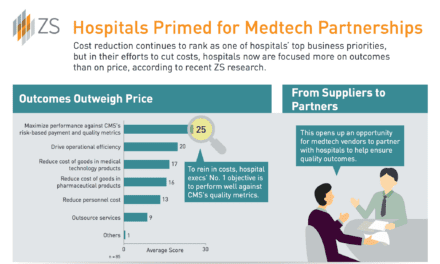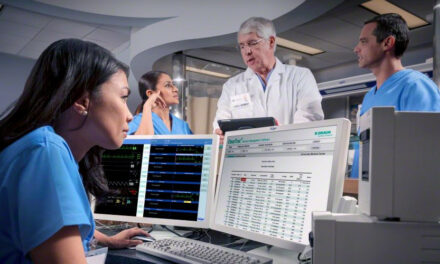By Arif Subhan, MS, CCE, FACCE Arif Subhan, MS, CCE, FACCE
Arif Subhan, MS, CCE, FACCE
This article is a continuation of the previous article on Committee Management, which appeared in the “CCE Prep” column in the September 2012 issue of 24×7 and discussed the hospital Environment of Care Committee. This article will review the hospital’s Patient Safety (PS) Committee.
In 1999, the Institute of Medicine released the report, “To Err is Human: Building a Safer Health System,” which elevated the awareness about medical errors in US hospitals and started the patient safety movement.1
Joint Commission Standards
The Joint Commission Leadership standard LD.04.04.05 requires that, “The hospital has an organization-wide, integrated patient safety program within its performance improvement activities.” Also, the standard LD.04.04.05 EP 2 requires: “One or more qualified individuals or an interdisciplinary group manages the safety program.” LD.04.04.05 has 14 Elements of Performance (EPs). The requirements include procedures for responding to system/process failures, systems for reporting failures internally and externally, as well as voluntarily conducting a thorough root cause analysis (RCA) in response to a Sentinel Event; and processes for conducting proactive risk assessment/reduction.2
Role of the PS Committee
The PS Committee provides a forum for interdisciplinary conversation on patient safety issues. The committee ensures compliance with all regulatory requirements (eg, Joint Commission standards, National Patient Safety Goals, patient safety alerts and recalls, etc) relating to patient safety. It analyzes patient outcomes using incident reports and other data, and educates hospital staff about patient safety issues. It also conducts RCA to determine causes of failures and develop action items.
The PS Committee ensures compliance with all regulatory requirements and analyzes patient outcomes using incident reports and other data. |
PS Committee Membership
The committee includes representatives from administration, nursing, clinical areas, and support areas including all senior leaders within the hospital, such as the chief operating officer, chief of staff, and chief nursing officer.
Root Cause Analysis
RCA is a popular technique that is used to help answer the question of why the problem or a failure occurred in the first place. It helps understand the multifaceted causes of medical device failures and/or accidents. In its meetings the committee discusses and analyzes each failure/accident. The details of the failure are reviewed from the incident reports and presented by those who were directly involved with the failure. The goal is to understand the underlying causes that led to the failure and to jointly work on solving the problem.
The Role of Biomedical Engineering
Biomedical/clinical engineering professionals are important members of the RCA team and Patient Safety Committee. They apply their knowledge of engineering, sciences, and systems thinking to evaluate the processes involved and help determine the system (root) causes of medical device failures.3 Review of literature indicates that biomedical/clinical engineering professionals have been involved with patient safety issues for a long time, including dealing with anesthesia mishaps, radio frequency interference with medical telemetry, and incident investigation.4 24×7 CCE Prep, November 2012
Arif Subhan, MS, CCE, FACCE, is the chief biomedical engineer at the VA Nebraska-Western Iowa Health Care System, Omaha; adjunct assistant professor, biomedical engineering, University of Connecticut; and a member of 24×7’s editorial advisory board. The suggestions and views expressed in this article are of the author. They do not represent the views of the Department of Veterans Affairs or the University of Connecticut. For more information, contact the editor.
| References 1. Improving Patient Safety by Committee, July 16, 2010. Available at: http://ucsfchancellor.ucsf.edu/priorities/improving-patient-safety-committee. Accessed October 4, 2012. 2. The Joint Commission. Patient safety & the EC: Getting clear on safety committees. EC News. October 2006:6-7. 3. Biomedical Engineers: Teaming up for Patient Safety. September/October 2010. Available at: http://www.patientsafety.gov/TIPS/Docs/TIPS_SeptOct10.pdf. Accessed October 4, 2012. 4. Enhancing Patient Safety—The Role of Clinical Engineering, a white paper prepared by the American College of Clinical Engineering, 2001. Available at: http://www.accenet.org/downloads/accepatientsafetywhitepaper.pdf. Accessed October 4, 2012. |
Review Questions
|






